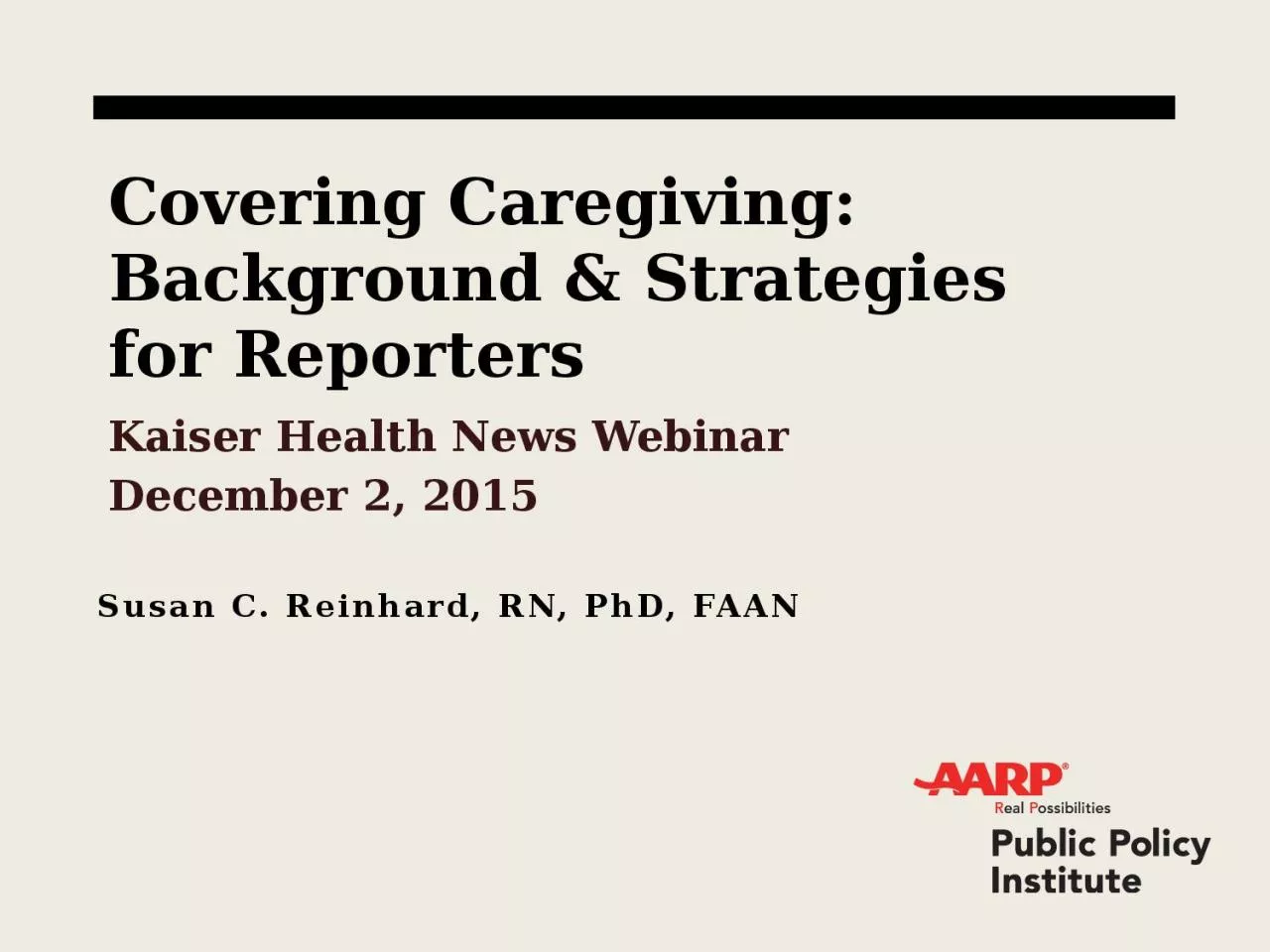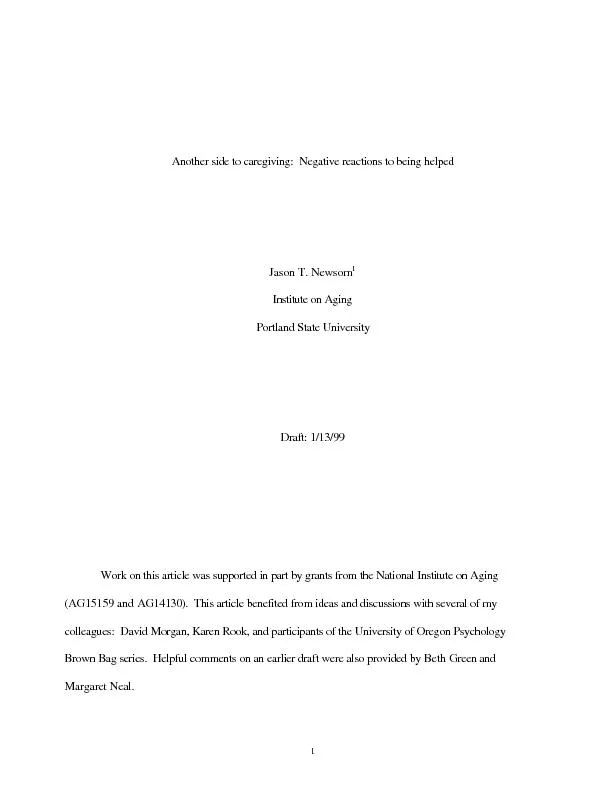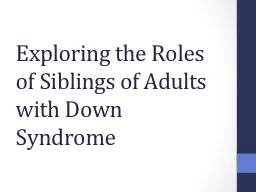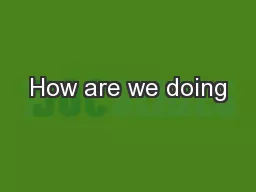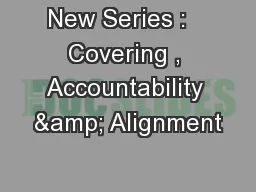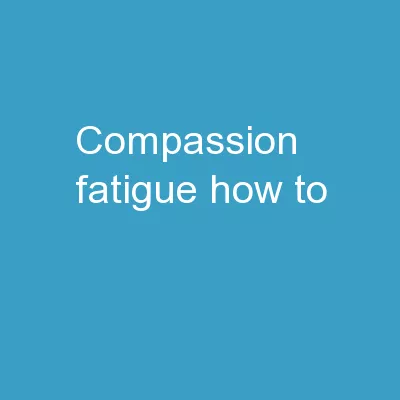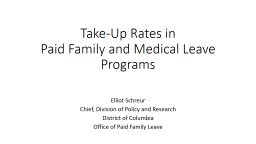PPT-Covering Caregiving: Background & Strategies
Author : emily | Published Date : 2024-02-03
for Reporters Kaiser Health News Webinar December 2 2015 Susan C Reinhard RN PhD FAAN Caregiver Support Ratio Source D Redfoot L Feinberg and A Houser The Aging
Presentation Embed Code
Download Presentation
Download Presentation The PPT/PDF document "Covering Caregiving: Background & St..." is the property of its rightful owner. Permission is granted to download and print the materials on this website for personal, non-commercial use only, and to display it on your personal computer provided you do not modify the materials and that you retain all copyright notices contained in the materials. By downloading content from our website, you accept the terms of this agreement.
Covering Caregiving: Background & Strategies: Transcript
Download Rules Of Document
"Covering Caregiving: Background & Strategies"The content belongs to its owner. You may download and print it for personal use, without modification, and keep all copyright notices. By downloading, you agree to these terms.
Related Documents

